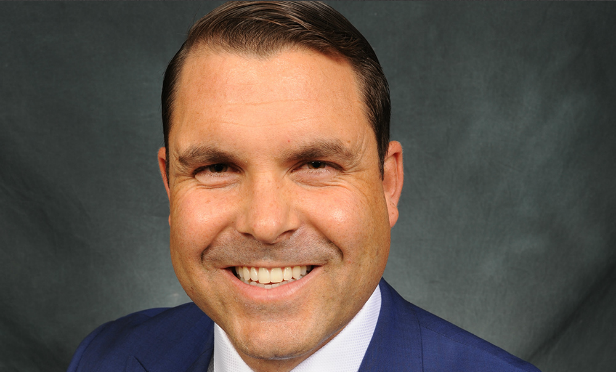 If it hadn't already, the Phoenix industrial market has officially hit its stride. Last year, industrial investment sales volumes doubled year-over-year to $1.8 billion, according to research from JLL. This year, Phoenix has been listed as a top buy market for industrial product, and it could mean another year of record-breaking deal volume. The investment demand has been driven by a host of strong fundamentals, including rent rate growth, tightening market supply and attractive geographic location within a day's drive of Los Angeles' two major ports.
If it hadn't already, the Phoenix industrial market has officially hit its stride. Last year, industrial investment sales volumes doubled year-over-year to $1.8 billion, according to research from JLL. This year, Phoenix has been listed as a top buy market for industrial product, and it could mean another year of record-breaking deal volume. The investment demand has been driven by a host of strong fundamentals, including rent rate growth, tightening market supply and attractive geographic location within a day's drive of Los Angeles' two major ports.
“There are multiple fundamentals that have been driving the activity in the Southwest Valley,” Peter Bauman, SVP at JLL, tells GlobeSt.com. “First and foremost, industrial has become the darling of property types. Everyone wants to be in industrial, and there are a lot of investors and publicly traded REITs that are divesting away from other asset classes and doubling down on industrial product, so you have robust capital demand. Phoenix has positioned itself as being a leading big-box distribution center, and we have all of the right fundamentals, from workforce, infrastructure and freeways to meet those demands.”
While there is strong capital demand from the full spectrum of investment sources, from private to public REITs, Bauman says that the drivers of the industrial activity are investors that have been long active in the Phoenix market. “If you look at the top 10 buyers last year, they are all usual suspects, like Prologis, CBRE Global Investors and InvestCorp International,” he says. “We are also seeing investors divest from office and buying industrial properties.”
To surprise, cap rates have trended downward as competition for deals have increased. While higher that other more primary markets on the West Coast, like Los Angeles, cap rates are now in the 5% range. “Cap rates have continued to compress year-over-year,” says Bauman. “We see that cap rates are going to continue to compress in the industrial sector. There is more demand than can come out of the ground, and because we are seeing so much pent-up demand for this type of property, we are in a 5% cap rate range.”
Bauman expects cap rates to continue to compress through 2019, especially considering the market is seeing a tightening supply, and, while there is land available for new development, developers can't seem to keep up. “In 2018, we have delivered more than 7 million square feet, and all of that was absorbed,” he says. “The West Valley is seeing the most activity and deliveries overall, and there is room for growth. The West Valley politics is that they are open for business.”
In 2019, Bauman expects the same level of activity, if not more robust, especially if the supply-demand imbalance holds. “I believe that sales volumes will be similar, if not exceed 2018,” he says. “It is really a function of how fast can developers come out of the ground and lease up space. On multi-tenant properties, as soon as they are leased up, they are coming to market.”
© Touchpoint Markets, All Rights Reserved. Request academic re-use from www.copyright.com. All other uses, submit a request to [email protected]. For more inforrmation visit Asset & Logo Licensing.






